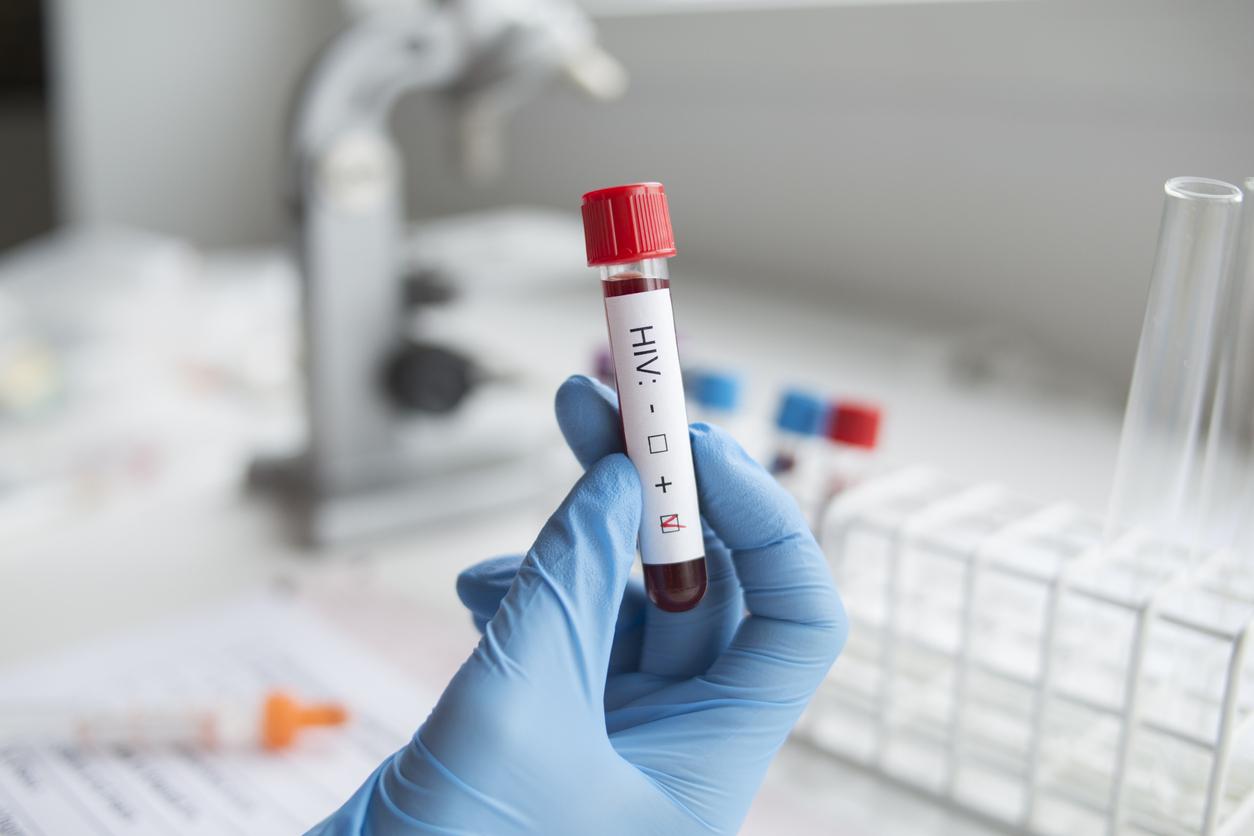Researchers have demonstrated for the first time that the CRISPR / Cas9 technique is able to identify and eliminate viruses hidden in reservoirs.

Decades after the discovery of the human immunodeficiency virus (HIV), doctors still lack a cure. A failure linked to the incredible capacity of the virus to resist antiretrovirals and to hide in cells. But genetic editing could be a game-changer.
A study published in Molecular Therapy reports the complete elimination of the virus in animal models using the CRISPR / Cas9 technique.
Researchers at Temple and Pittsburgh University (United States) are the first to demonstrate that HIV replication can be interrupted using these genetic scissors. This revolutionary method allows the DNA of any species to be cut in precise places. His discovery makes it possible to develop new drugs, in particular for patients suffering from genetic diseases.
To achieve these promising results, Dr. Wenhui Hu’s team studied mice infected with HIV. One of these guinea pigs had been modified and possessed human immune cells, the preferred targets of HIV, in order to “mimic” the chronic infection occurring in humans. “These animals had latent viruses hidden in human T lymphocytes. In these immune cells, the virus escapes detection, explained Dr Wenhui Hu.

Viruses flushed out
Thanks to a bioluminescence technique, the researchers were able to visualize the presence of viruses, and thus follow their elimination in real time. After a single treatment of CRISPR / Cas9, the DNA fragments of the virus were successfully cut. The technique would therefore be able to flush out viruses hidden in organs and tissues.
“The next step in our work is to repeat these results in primates which are the most reliable animal models to study HIV infection,” explained Dr. Kamel Khalili. If we again demonstrate the elimination of the virus from reservoirs of HIV, including brain cells, we hope to be able to conduct a human trial ”.
.















